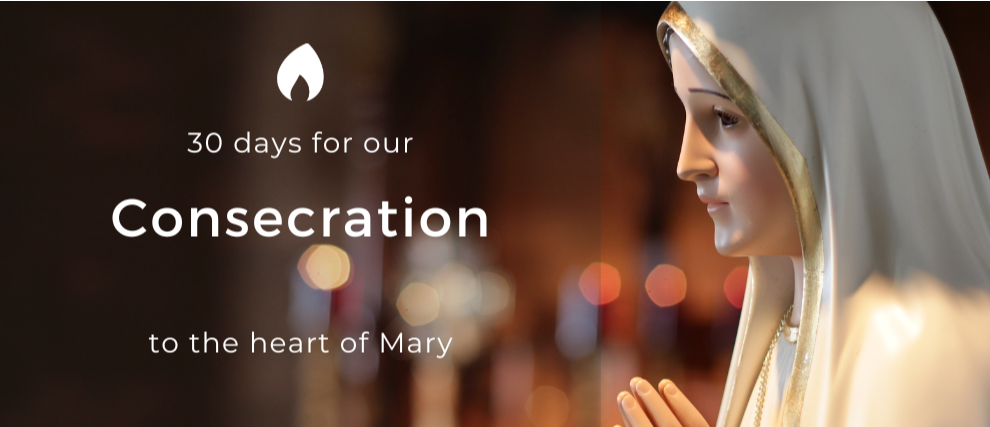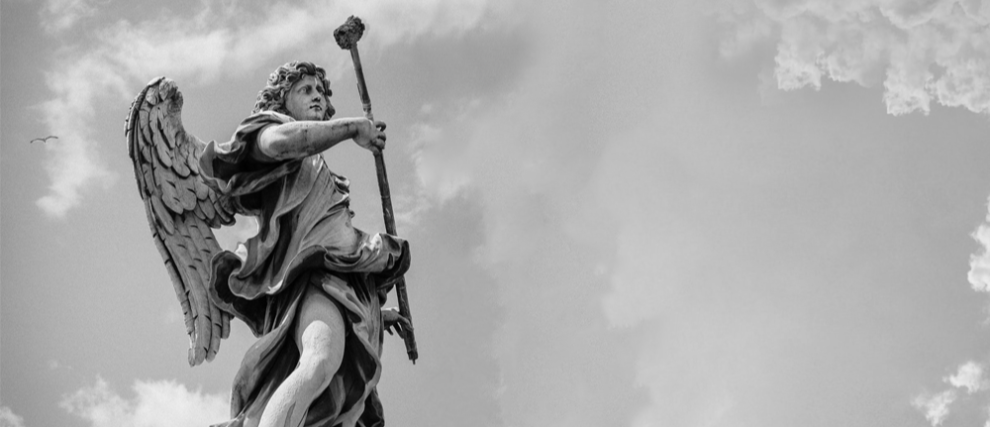The Virgin Mary
The Virgin Mary
Who is Mary of Nazareth? This humble and modest woman, dedicated to the service of God, who appears several times in the Bible, in the Gospels and Acts of the Apostles, is recognized by all Christians, and even in other religions such as Islam, as the Mother of Jesus. Throughout history, Marian devotions have emerged and opinions on their place in the worship and practice of the Christian religion may have been the object of division between Catholics, Orthodox and Protestants. Through the Bible, let us meet Mary, this humble young woman by whom the salvation of the world was given to us.
Who is Mary in the Bible?
Mary of Nazareth
While the Synoptic Gospels give us little detail about Mary and her family, we understand that she was a simple girl who led an ordinary life for her time and region. Raised in a Jewish family in Galilee, she followed tradition and was of great piety.
This young girl, chosen by God to carry His son, does not seem to distinguish herself in any way from other young girls. Yet her purity, humility and spirit of obedience to the Lord made her the one capable of enabling the fulfillment of God’s purpose for man.
Like Jesus, whom the holy scriptures put in a precise historical context, Mary is presented to us in her ordinary life. She is promised in marriage to Joseph, a carpenter. And her life, even after the visit and announcement by the angel, revolved around modest daily life: Work, time shared with family (visits to Elisabeth) or friends (the wedding at Cana), respect for religious rituals (presentation of Jesus at the Temple), administrative requests (the census), etc.
Mary of Nazareth shows us how much in each of our ordinary daily lives we can - provided, like her, we say yes to the Lord - allow the extraordinary to happen.
Mary, Mother of Jesus and Disciple of Christ
Mary, by the grace of the Holy Spirit, bore the Son of God: Jesus It is therefore first of all as a mother that we discover her: rocking the child Jesus in the stable of Bethlehem, raising him and seeing him grow, worrying for him child but also adult, during his public life, accompanying her son in his sufferings and mourning his death … this maternal figure, full of tenderness and trust, touches us. We feel echoes of her in our own experiences.
Mary loves her son, like all mothers, but with a love that leaves room, that does not hold him back. Her presence is very discreet in the Gospels and is only described to highlight Jesus.
Certainly always Mother, she notably becomes the first disciple of Christ whom she recognizes in her Son. She is the first one behind him; always imbued with attention, love, she nevertheless respects a fair distance to allow her son to become Christ and thus gives him to the world a second time.
Mary, New Eve
The Fathers of the Church presented Mary as the new Eve. Sin entered humanity through a man, Adam, and it was redeemed by Jesus, the new Adam, God made man. Eve was the one by whom sin came. Mary is the one by whom salvation arrived.
Adam and Eve disobeyed God in the Garden of Eden; Mary by her Yes, Jesus by the Cross, abandoned themselves entirely to God. And man was thus able to find God and the path of eternal life.
Eve had been tempted and betrayed by the serpent. Mary is often depicted as crushing the snake. In The Book of Revelations, a woman fighting the dragon is described. This passage, which does not explicitly name Mary, might refer to her or to the Church.
Main Biblical Passages involving Mary
(Luke 1:26-38)
The passage of the Bible in which the visit of the angel Gabriel to Mary is described appears in the Gospel of Luke in the first chapter. The angel, sent by God, comes to announce to the Virgin Mary that she will wait for a child and that this child will be the son of God, the Messiah announced by the scriptures. “Do not be afraid, Mary; you have found favor with God. You will conceive and give birth to a son, and you are to call him Jesus. He will be great and will be called the Son of the Most High. The Lord God will give him the throne of his father David, and he will reign over Jacob’s descendants forever; his kingdom will never end.” (Luke 1:30-33) Learn more about the bible passage about the annunciation.
The Visitation (Luke 1:39-56)
This passage in the Gospel of Luke relates the visit made by Mary during her pregnancy to her cousin Elisabeth, then pregnant with John the Baptist. “Blessed are you among women, and blessed is the child you will bear!" (Luke 1:42)It is during this visit that Mary says her famous Magnificat prayer of praise to God. It is all the more touching as Mary’s words in the Bible are relatively few.
(Discover in more detail the biblical passage of the Visitation).
Nativity (Matthew 2:1-6, Luke 2:4-7)
The nativity tells of the birth of Jesus in Bethlehem, which Christians remember at Christmas. It is present in two of the four Gospels: that of Matthew and that of Luke. There we find Mary and Joseph arriving in Bethlehem, looking for a place to sleep and welcome their child about to be born. (Learn more about the bible passage about the nativity).
The Presentation at the Temple (Luke 2:21-40)
During this biblical passage, Joseph and Mary - respecting the Jewish tradition - present their newborn to the Temple. There he meets a man: Simon. He recognizes the Messiah in Jesus. He speaks to Mary in what is called the hymn of Simon, giving glory to God and predicting to Mary the pain that awaits him.
“Then Simeon blessed them and said to Mary, his mother: “This child is destined to cause the falling and rising of many in Israel, and to be a sign that will be spoken against, so that the thoughts of many hearts will be revealed. And a sword will pierce your own soul too.” (Luke 2:34-35)
The Wedding at Cana (John 2:1-11)
This Bible passage is well-known because it is one of the first in the public life of Jesus after his baptism. It is also the first miracle of Christ, who changes water into wine. This miracle is at the request of His mother, Mary, attentive to the needs of men. All confident in her son, she gives this precious advice to the servants of the wedding: “Do whatever he tells you.” (John 2:5) Learn more about the bible passage about the wedding at Cana.
Mary at the foot of the Cross
Mary, courageously, follows her son’s calvary to the end. She will be one of those who will accompany Him until His death, like Mary Magdalene. Many works, pictorial, musical and poetic, translate this as Stabat Mater Dolorosa, the suffering of the mother before the crucifixion and agony of her son. This infinitely painful scene brings us closer to Mary and her great humanity. So what Simon had predicted came true.
One of the last words of Christ on the cross is for his mother, which he entrusts to his disciple John, offering a new motherhood to Mary. Near the cross of Jesus stood his mother, his mother’s sister, Mary the wife of Clopas, and Mary Magdalene. When Jesus saw his mother there, and the disciple whom he loved standing nearby, he said to her, “Woman, here is your son,” and to the disciple, “Here is your mother.” From that time on, this disciple took her into his home. (John 19:25-27)
Mary with the first Apostles
We find Mary after the death, resurrection and ascension of Jesus. The Acts of Apostles show us that she shared the time of life and prayer with the first disciples of Christ, thus participating in the birth of the Church.
They all joined together constantly in prayer, along with the women and Mary the mother of Jesus, and with his brothers. (Acts 1:14)

